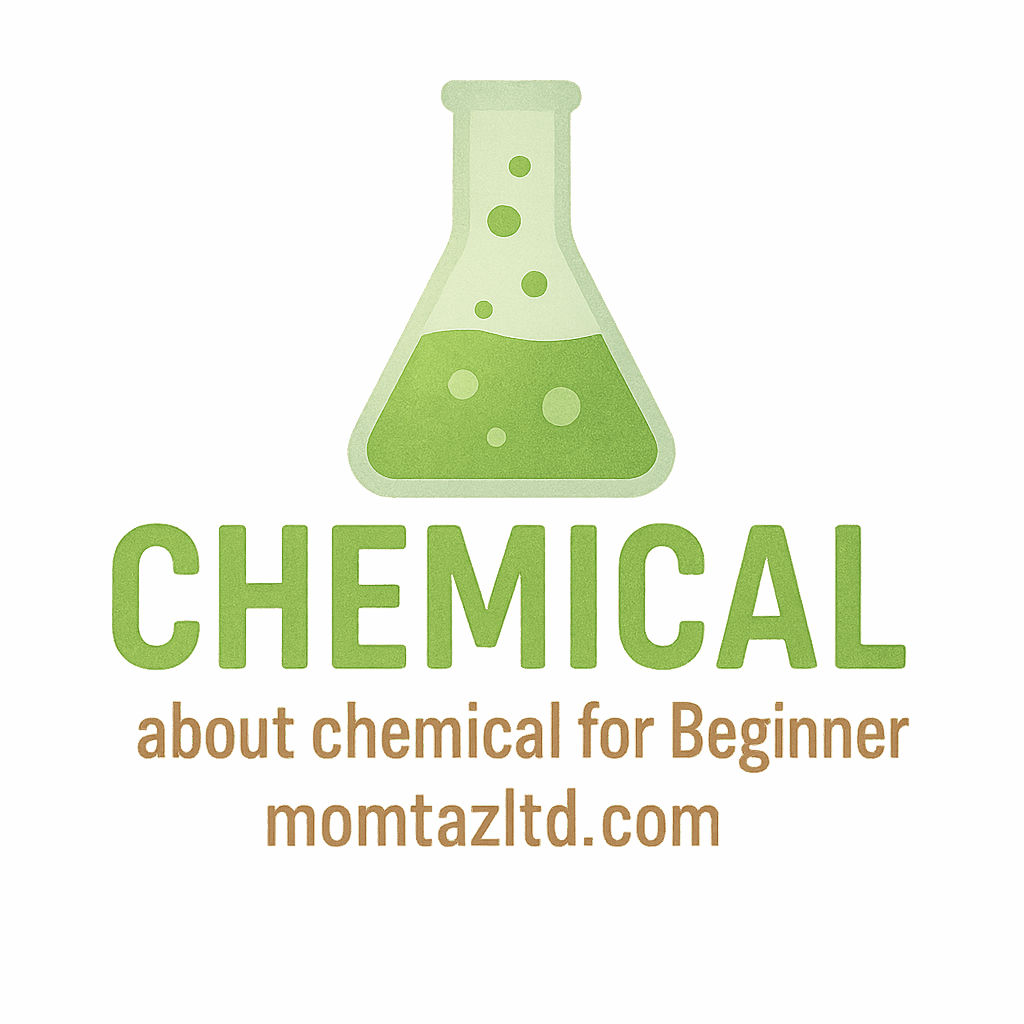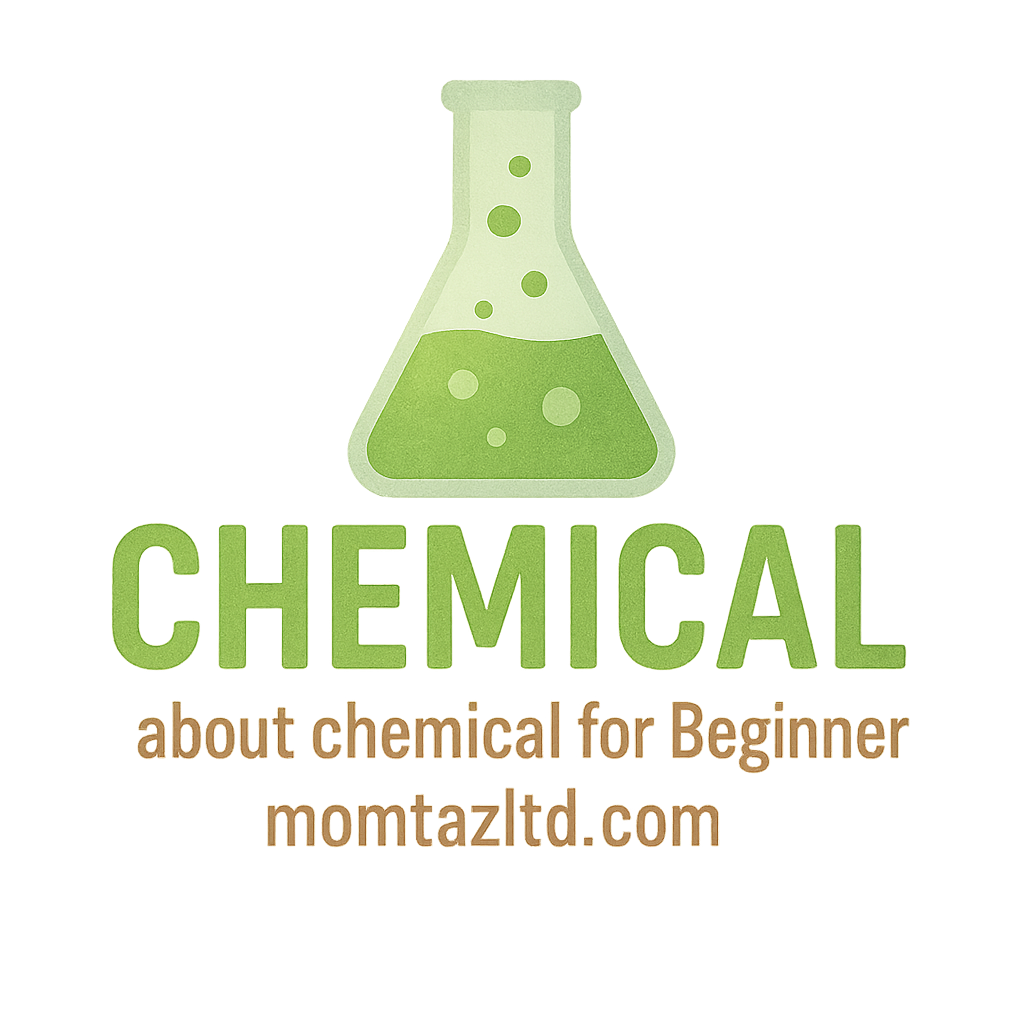Introduction: Why Protective Gear Matters in Chemistry
Starting your chemistry journey can feel like opening a treasure chest of curiosity. But behind the fun of experiments lies the reality: chemicals can be dangerous. Whether you’re handling simple household chemicals or stepping into a lab for the first time, protective gear isn’t optional—it’s essential.
Think of it this way: would you ride a bike without a helmet? Of course not. The same principle applies to chemistry. Your protective equipment is your first defense against accidents, spills, and unexpected reactions.
The Importance of Chemical Safety for Beginners
Risks of Working with Chemicals
Chemicals can irritate your skin, harm your eyes, or release fumes you shouldn’t breathe in. Even “safe” experiments for beginners can cause burns or accidents if you’re not cautious. Learning about chemical basics helps you understand what you’re dealing with—but protective gear ensures you’re safe while learning.
Building Safe Habits Early
Beginner chemists should see safety gear as part of the experiment itself. Just like measuring ingredients, wearing your lab coat and goggles becomes routine. By starting with the right habits, you’ll feel confident as you advance to more complex experiments and even explore laboratory chemicals in professional setups.
Protective Gear #1: Safety Goggles
Why Eye Protection is Essential
Your eyes are delicate, and even one splash of acid or solvent can cause lasting damage. Safety goggles shield you from spills, fumes, and flying debris during experiments.
Types of Safety Goggles for Chemistry Learners
- Indirect-vented goggles: Prevent chemical splashes while allowing airflow.
- Non-vented goggles: Offer maximum protection against fumes.
- Prescription-compatible goggles: Fit over your glasses without discomfort.
If you’re diving into experiments covered in beginner chemistry guides, investing in quality goggles is step number one.
Protective Gear #2: Lab Coats
Shielding Skin and Clothes
Lab coats aren’t just about looking like a scientist—they protect your skin and clothes from spills, burns, and contamination. They also act as a barrier, reminding you not to touch your face with contaminated hands.
Choosing the Right Lab Coat Material
Cotton lab coats are breathable but less chemical-resistant. Flame-retardant or coated lab coats provide higher protection for industrial chemicals and more serious experiments. Choose one that matches your level of exposure.
Protective Gear #3: Gloves
Different Types of Chemical-Resistant Gloves
Not all gloves are the same. Latex, nitrile, and neoprene gloves each serve different purposes:
- Latex: Good for water-based chemicals but weak against solvents.
- Nitrile: Resistant to most solvents and punctures.
- Neoprene: Durable against acids and oils.
Proper Usage and Disposal of Gloves
A glove that’s reused carelessly becomes a hazard. Always dispose of gloves properly after handling hazardous chemical reactions or contaminated substances.
Protective Gear #4: Respirators and Masks
When Respirators Are Necessary
Some chemicals release fumes that can irritate your lungs. A simple dust mask won’t protect you from chemical vapors. In such cases, respirators are crucial.
Difference Between Dust Masks and Chemical Respirators
- Dust masks: Block particles like chalk dust but not vapors.
- Respirators: Filter toxic fumes, essential when handling volatile laboratory chemicals.
This is where chemical safety education really pays off—knowing when a mask isn’t enough.

Protective Gear #5: Closed-Toe Shoes
Why Foot Protection is Overlooked
Many beginners forget that chemical spills don’t just splash upwards—they can hit the floor. Open-toe shoes leave your feet vulnerable to burns or cuts.
Best Footwear Options for Lab Safety
- Leather shoes for durability.
- Rubber-soled shoes for slip resistance.
- Avoid sandals at all costs.
Even household chemical experiments should never be done barefoot.
Protective Gear #6: Face Shields
Added Protection Beyond Goggles
Sometimes, goggles aren’t enough—especially during explosive or high-risk reactions. Face shields provide full-face coverage, protecting against both splashes and debris.
When to Use Face Shields in the Lab
- Mixing corrosive acids.
- Handling pressurized reactions.
- Heating flammable liquids.
In industrial or advanced setups, chemical scientists use both goggles and shields for layered protection.
Protective Gear #7: Ear Protection (for Certain Labs)
Noise Hazards in Industrial Chemical Labs
Not all chemical labs are quiet. In industrial settings, large mixers, grinders, or compressors can create hazardous noise levels.
Basic vs. Advanced Ear Protection Options
- Earplugs: Great for short-term use.
- Earmuffs: Better for long-term lab sessions with constant noise.
Safety doesn’t stop with chemicals—it includes the environment too, which is why industrial learning emphasizes noise protection.
Proper Chemical Storage and Handling Alongside Gear
Why Storage Complements Safety Equipment
Even with the right protective gear, unsafe chemical storage can lead to disasters. Gears protect you personally, but safe storage prevents bigger accidents.
Common Beginner Mistakes in Storage
- Storing acids near bases.
- Forgetting proper labeling.
- Using household containers for dangerous chemicals.
Good habits here prevent dangerous chemical accidents before they happen.
Learning from Chemical Accidents
Famous Case Studies of Lab Mistakes
From forgotten safety goggles to poorly stored acids, many accidents highlight why gear matters. Reading about accidents provides a strong reminder to never skip precautions.
What Beginners Can Learn from Them
The biggest takeaway? Complacency is the enemy. Even professionals learn continuously from lab experiments and mistakes.
Combining Knowledge with Gear
The Role of Laboratory Training
Protective gear only works if you know how to use it. Beginner training, along with resources like learn chemistry guides, make sure you’re not just wearing gear but using it correctly.
Learning from Chemical Experts
Listening to professionals and learning from experts ensures that you understand both the “what” and “why” behind safety rules.
Conclusion: Safety First for Beginner Chemistry Learners
Chemistry is exciting, but safety should always come first. With the right protective gear—goggles, lab coats, gloves, respirators, shoes, face shields, and even ear protection—you can explore confidently without unnecessary risks. Gear doesn’t limit your learning; it empowers it.
Your beginner chemistry journey is about curiosity, discovery, and practice—but also about responsibility. By following safe habits and using protective equipment, you’re setting the stage for a long and successful journey into the world of chemicals.
FAQs
Q1: Do I need all seven protective gears as a beginner?
Not always. Goggles, gloves, and a lab coat are the essentials. The others depend on your experiments.
Q2: Can I use regular sunglasses instead of lab goggles?
No. Sunglasses aren’t designed to resist splashes or chemical exposure.
Q3: How often should I replace lab gloves?
Every time they come into contact with hazardous chemicals or show wear and tear.
Q4: Are disposable lab coats safe for beginners?
Yes, but reusable ones made from flame-retardant material offer more protection.
Q5: Do household experiments really need protective gear?
Yes! Even vinegar and baking soda can irritate eyes if splashed.
Q6: What’s the most common beginner safety mistake?
Skipping goggles or working in open-toe shoes.
Q7: Where can I learn more about safe beginner experiments?
You can explore helpful resources and tips on MOMTAZ LTD for learning, storage, and chemical safety guides.


